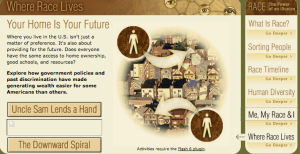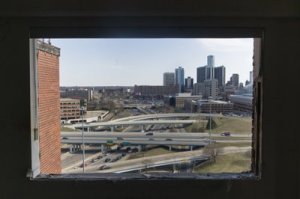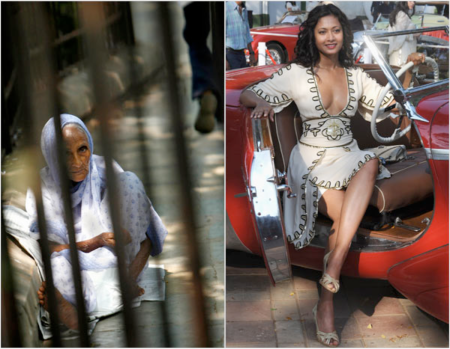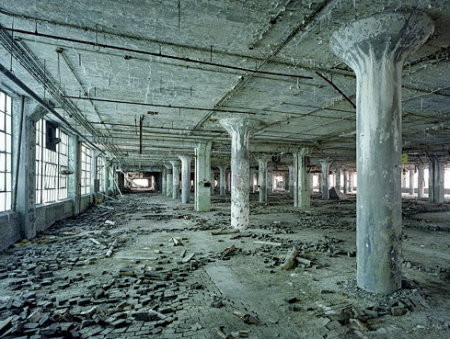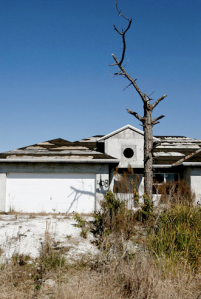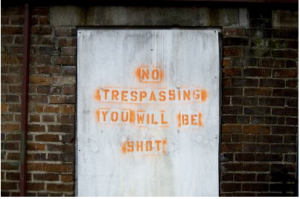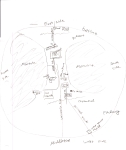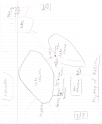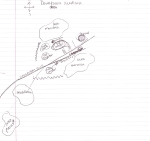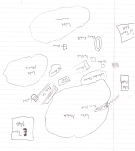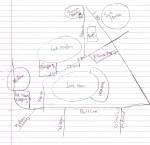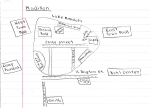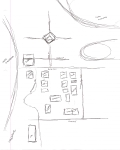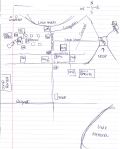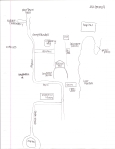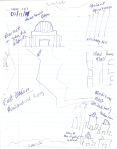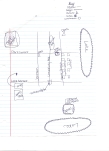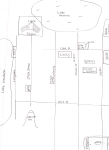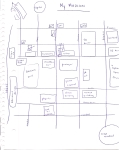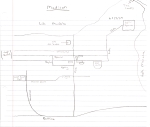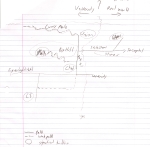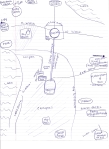Thanks to Sarah Bennet for sending in this link from this week’s Isthmus on the ‘revitalization’ of Peace Park on State Street. The Isthmus asked the park’s current users about the proposed changes:
A 54-year-old man going by the nickname “Smooth”…likes Peace Park as it is.
“This is just the place we hang out,” says Smooth, who is passing a can of beer stuffed into a leather glove among his buddies. “It’s our little spot.”
Smooth, who is currently unemployed, says he hangs out at the park six days a week, from noon until early evening. He’s heard talk of renovations for years and seen some changes. For instance, the tall bushes behind which people would sometimes sleep (or have sex) have been trimmed low to the ground. He wonders if there isn’t another agenda.
“Sometimes change is a removal thing,” he says. “Urban renewal — I call that ‘urban removal.'”
[Alderman Mike] Verveer admits he’d like to remove some of the park’s reputation. “Over the years the park has been a magnet for street people,” he says. “It’s a place where people hang out. They’re not overall scary mean people, but there’s a perception that they’re scary.” He notes that the park was the first place police put surveillance cameras.
Read the full article here
